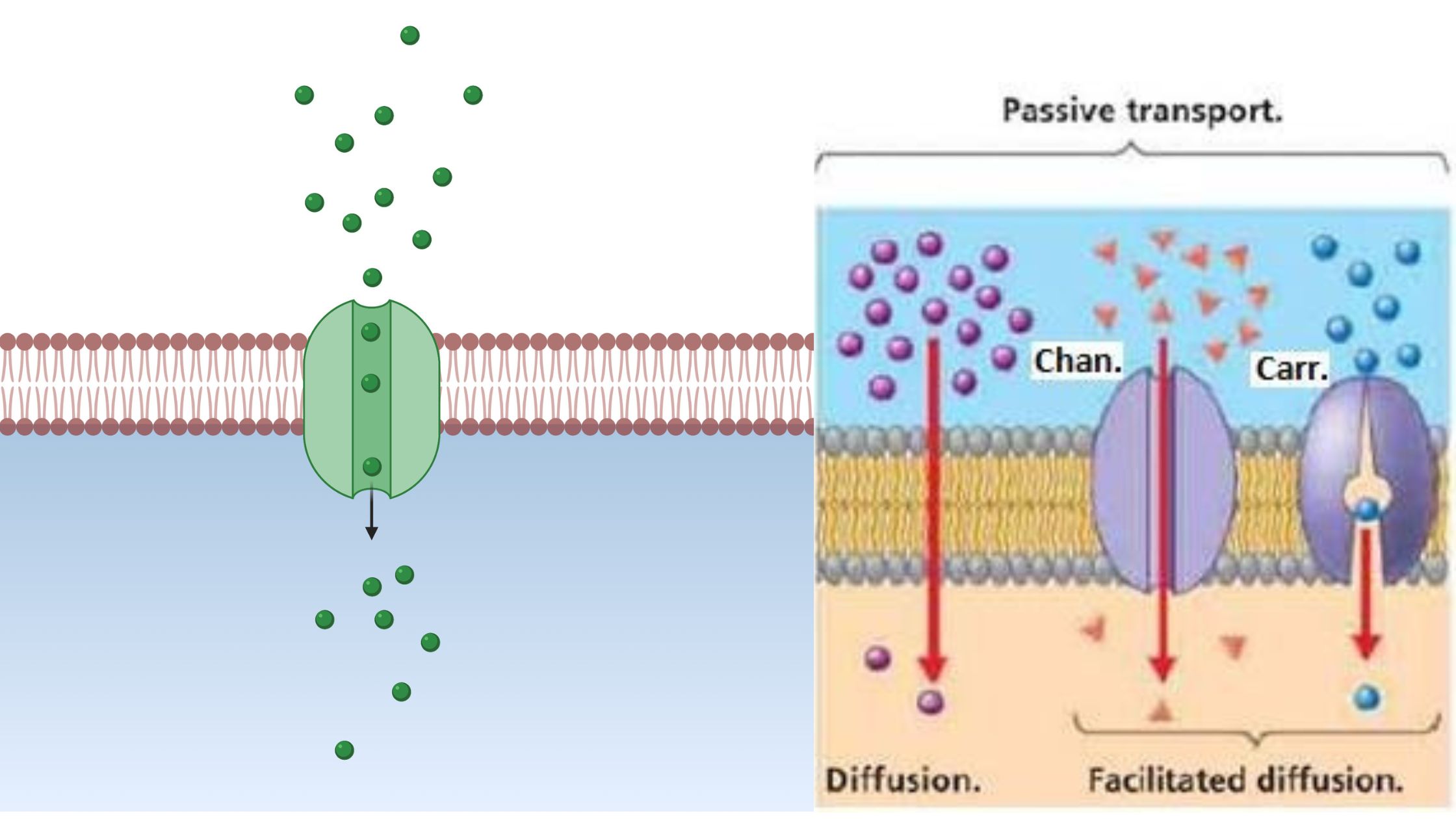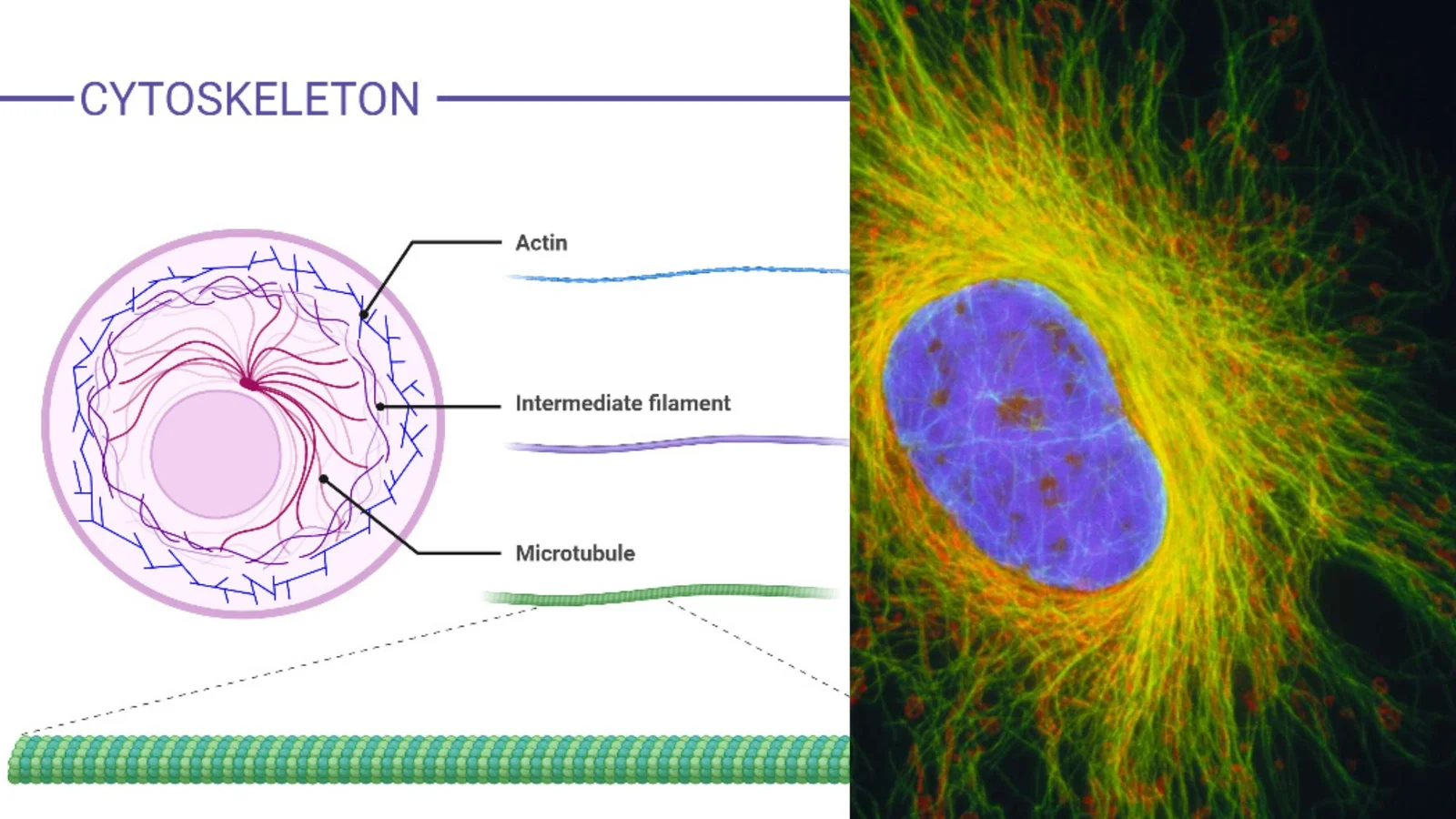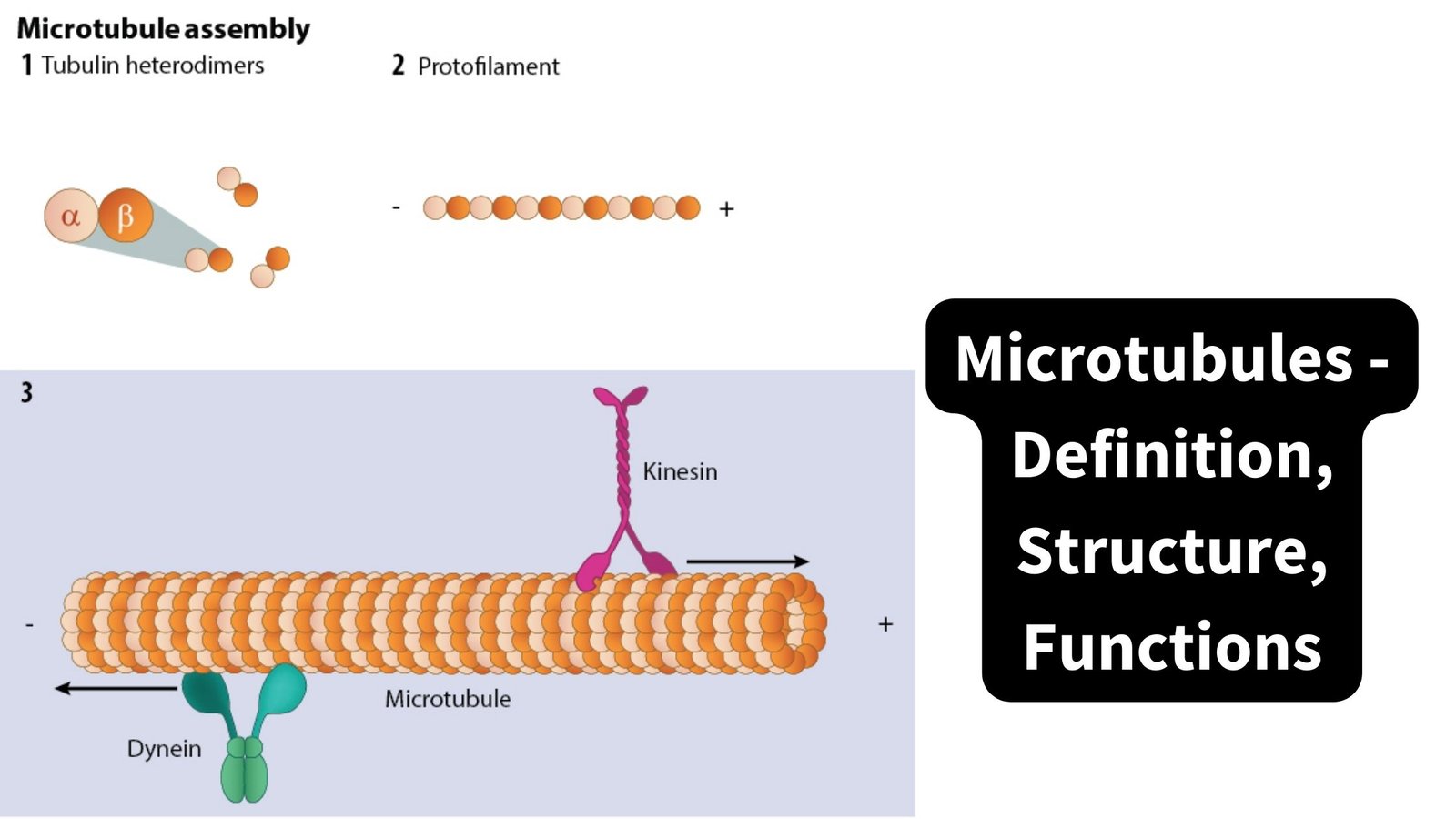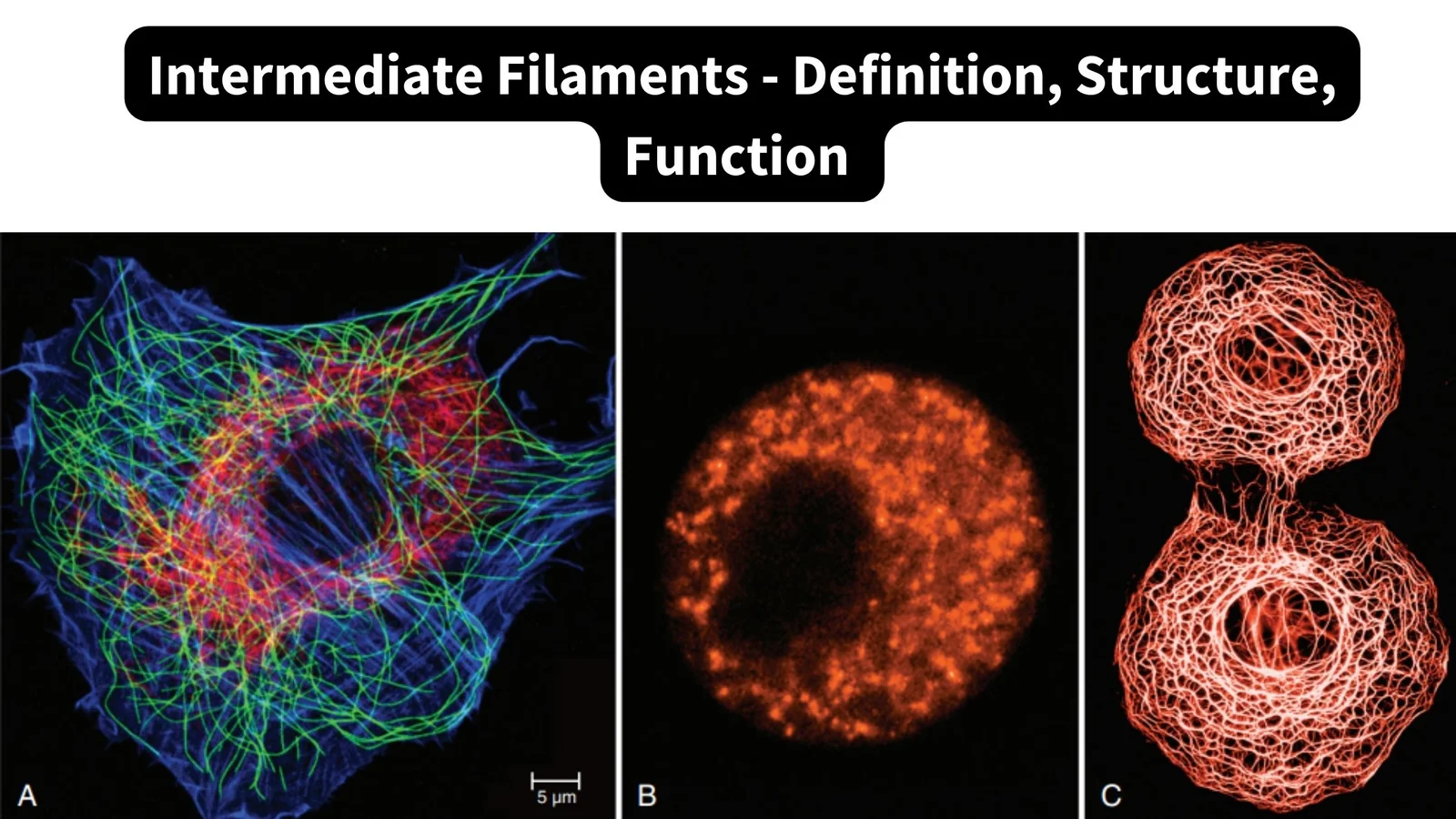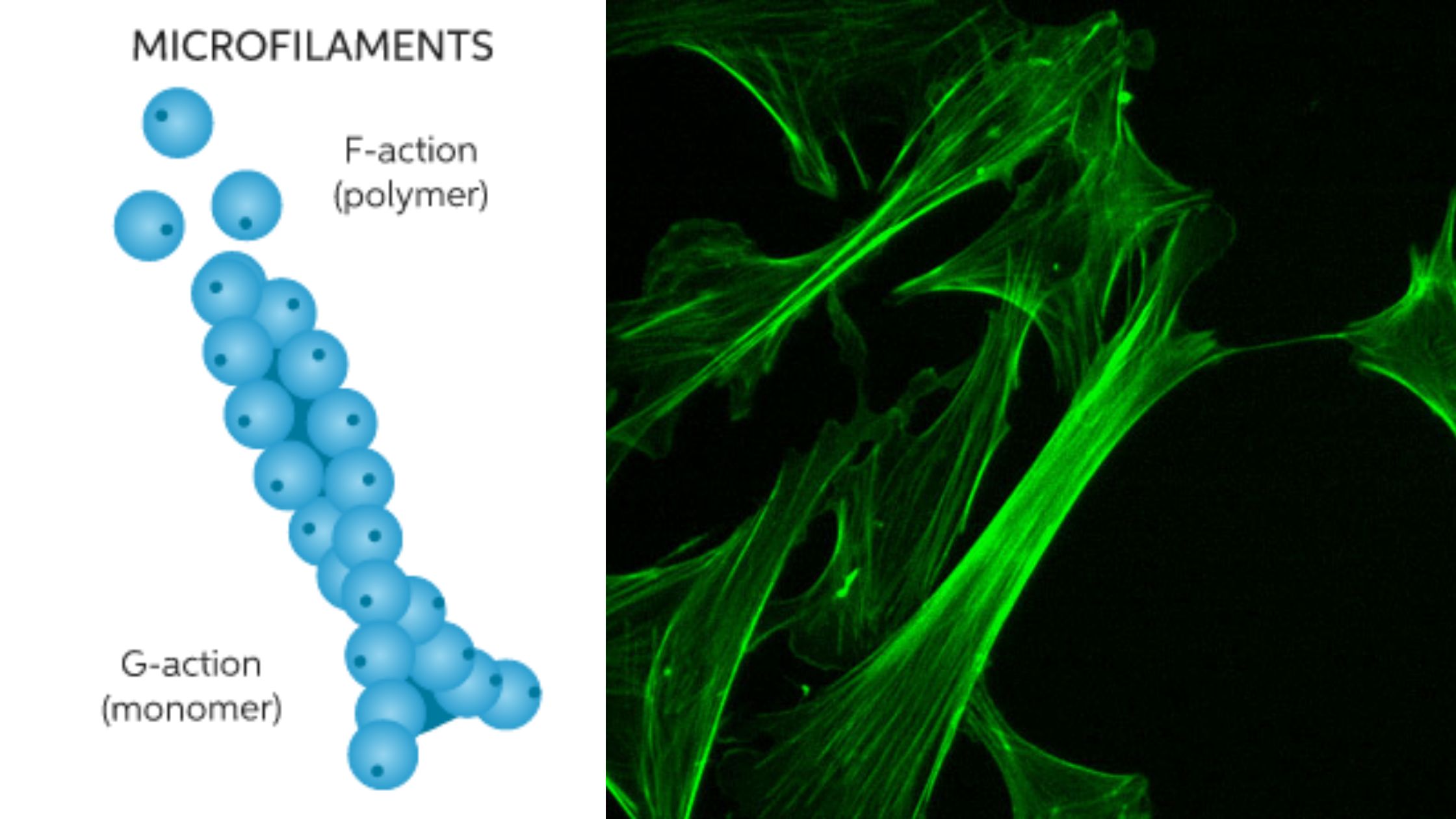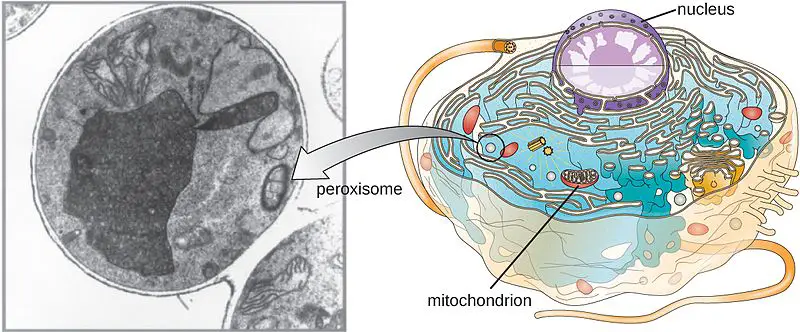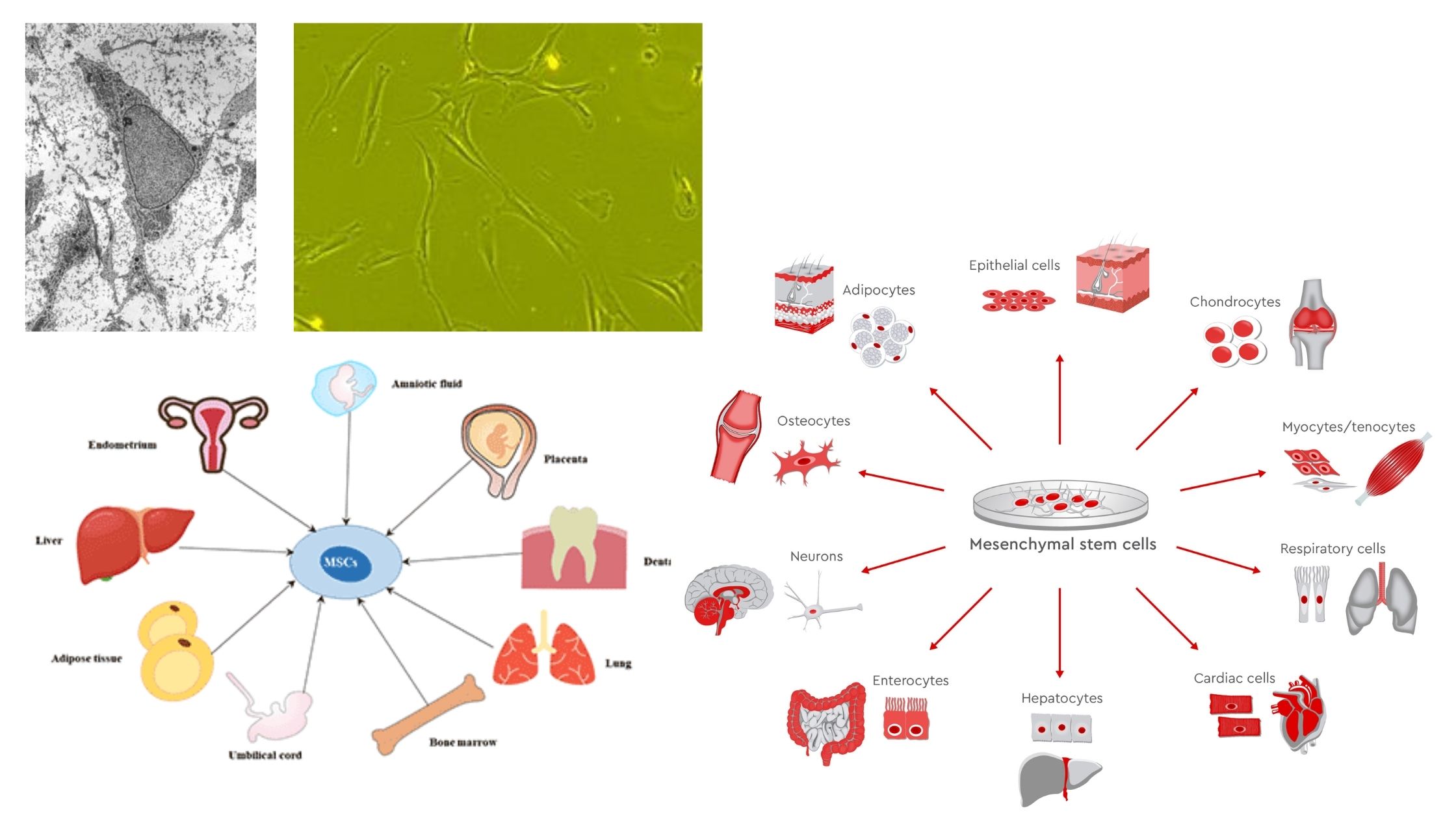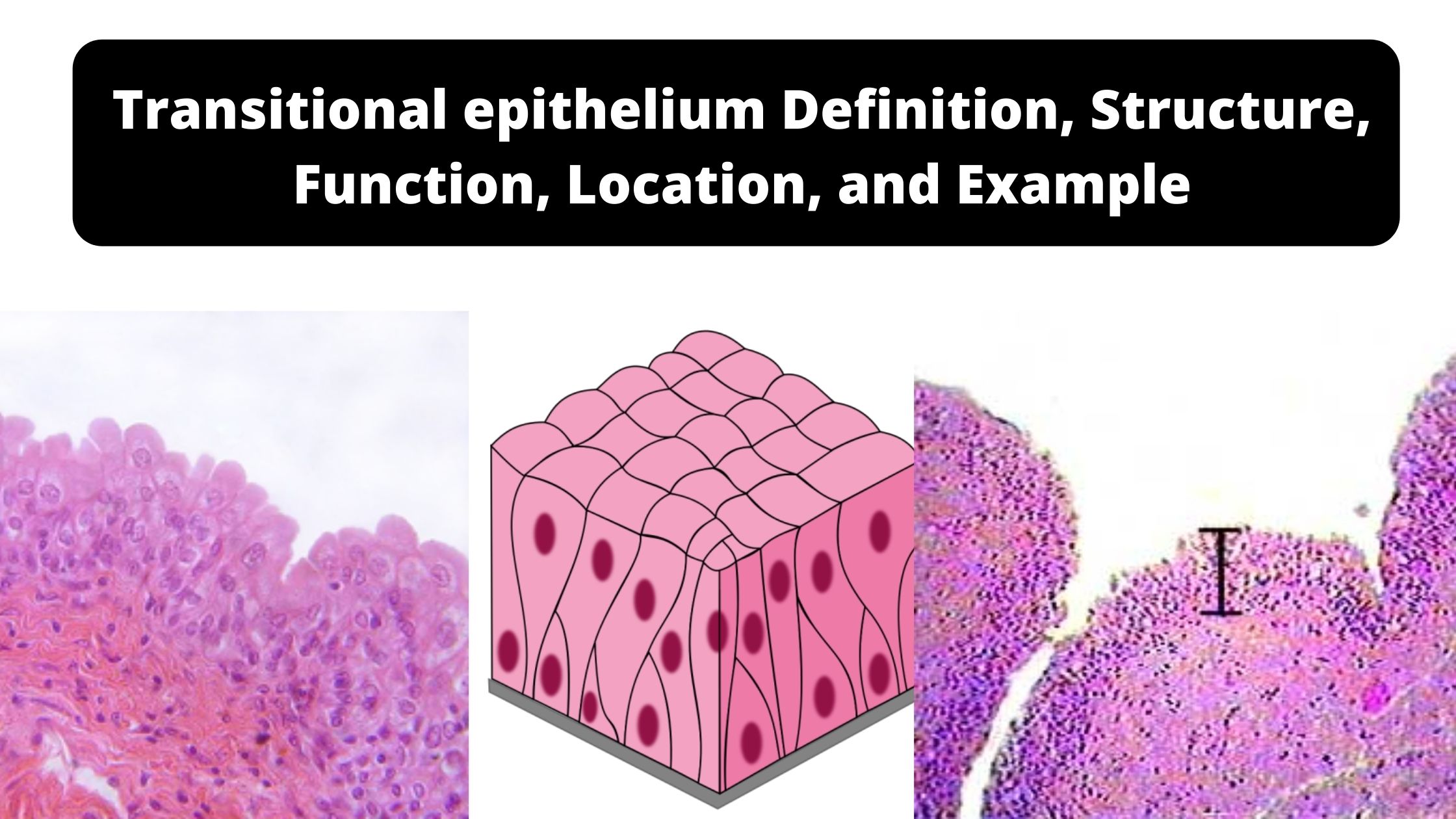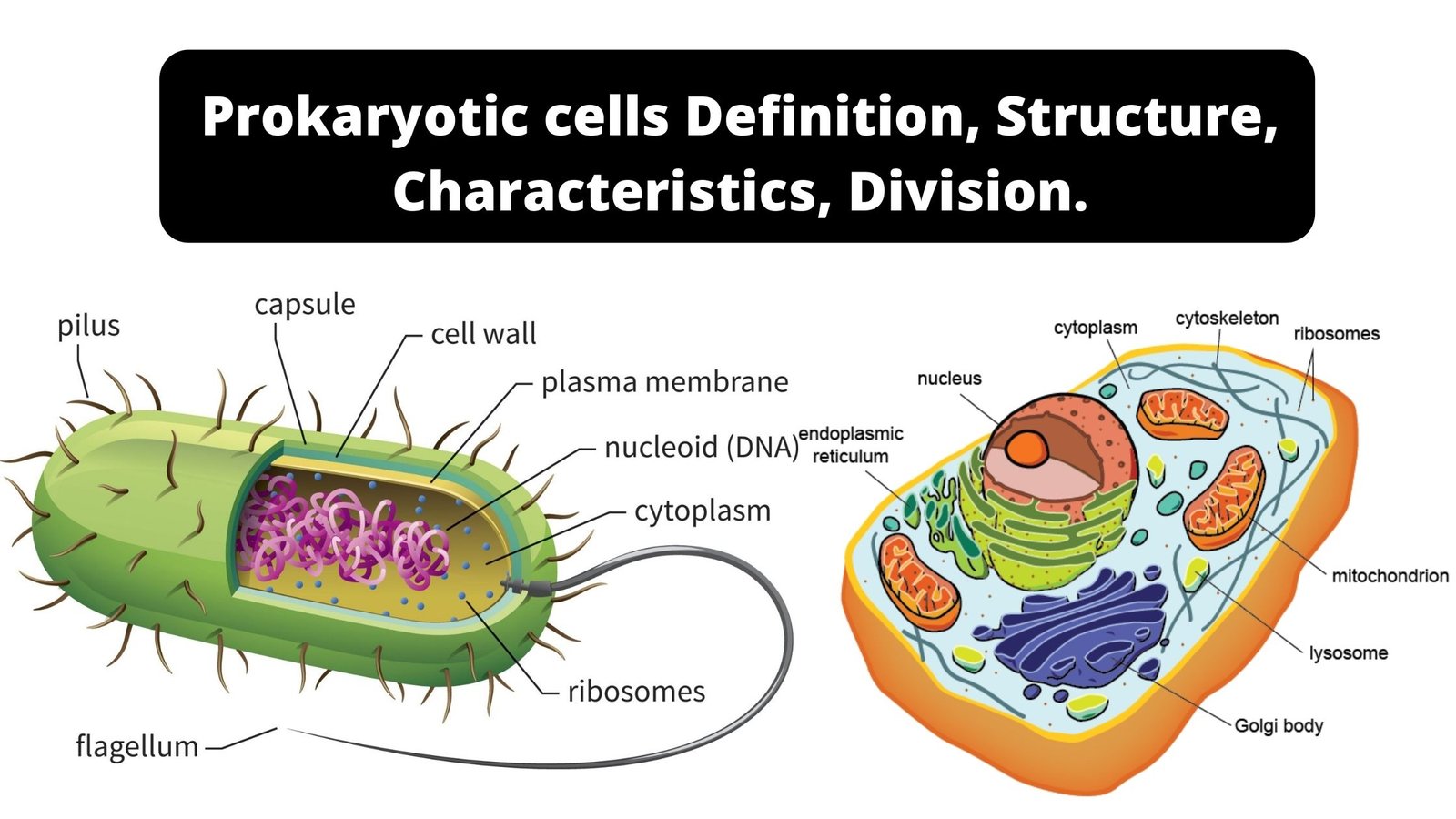Channel Protein – Definition, Structure, Function, Example
What is Channel Protein? Types of Channel Protein There are present 2 types of channel protein such as; 1. Non-gated Channel 2. Gated Channel Structure of Channel Protein Function of Channel Protein Channel Proteins and Carrier Proteins Example of Channel Protein Chloride channel Potassium channel Calcium channel Sodium channel References
